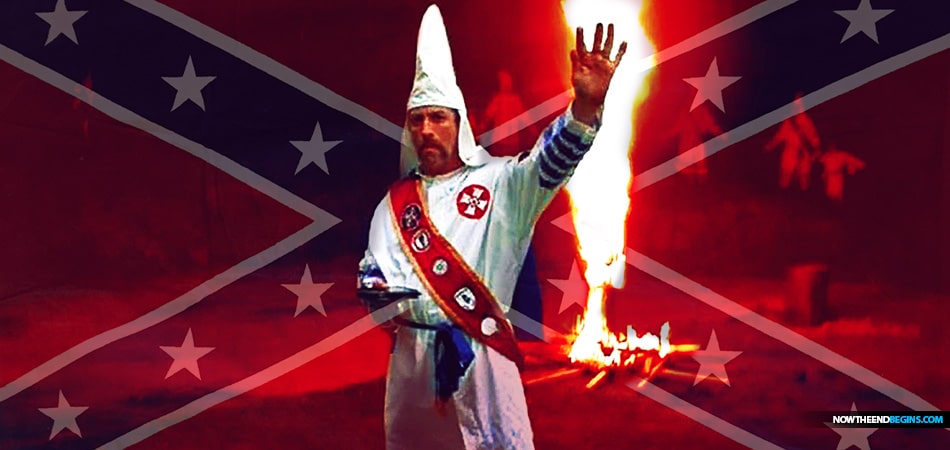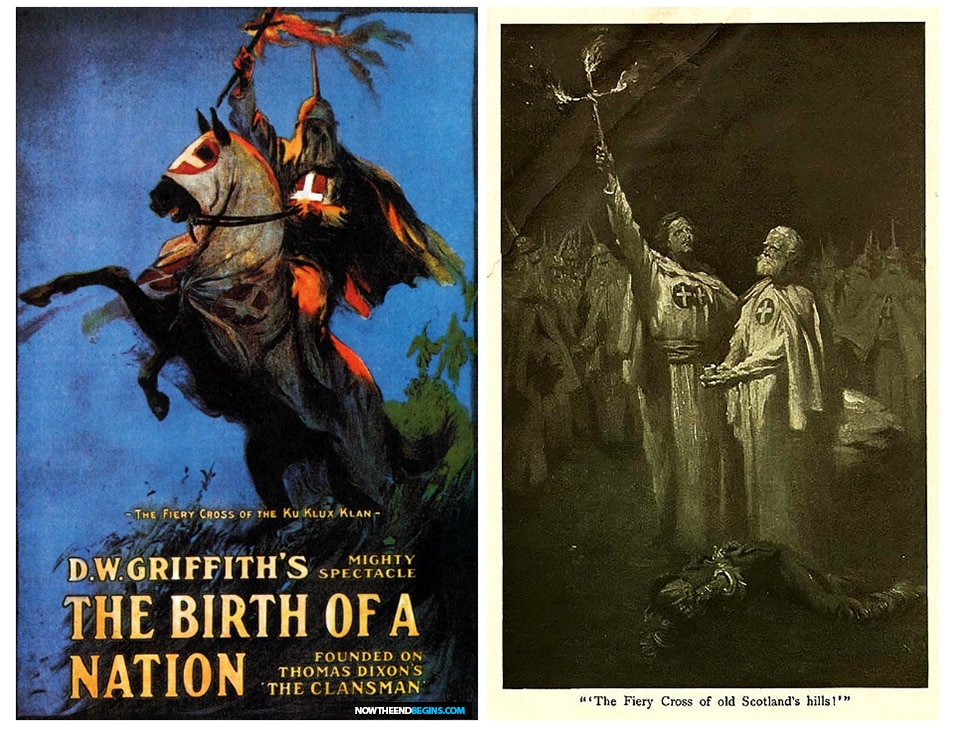The cross, worn around the necks of millions of Christians is not a symbol of Christianity, it is a murder weapon devised by the KKK of two thousand years ago, the Romans.
Talk to a klansman about a cross burning, and they will correct you by saying they refer to that practice as a 'cross lighting', and when they do it they are merely 'letting the light of Christ shine' before the fellow man. Barry Black, a Klan leader who is appealing his Virginia cross burning conviction has described cross burning as "a very sacred ritual. "We don't light the cross to desecrate it," he told the Roanoke Times in 1999. "
We light it to show that Christ is still alive." The burning symbolizes the "burning away of evil." Umm, yeah, wanna buy some oceanfront property in Kansas?
"Christ hath redeemed us from the curse of the law, being made a curse for us: for it is written, Cursed is every one that hangeth on a tree:" Galatians 3:13 (KJV)
Here's another shocker. The cross, worn around the necks of millions of Christians is
not a symbol of Christianity, it is a murder weapon devised by the KKK of two thousand years ago, the Romans. First century Christians
used a fish as a symbol of their new found faith, not a cross. The bible says that the cross is a curse, and whoever hangs on one is cursed. The cross is where Jesus became a curse for us to save us, and thank God He did that, but guess what? He had to do it because of our dirty, rotten sins, and that's shameful as Hebrews 12:2 says it is. So why on earth would you put something like that around your neck? And why would you plant on in someone's front yard and set it on fire?
Only you can answer the first question, but I can take a stab at the second one.

IS THE KKK CHRISTIAN? NO, THE ONLY THING JESUS WANTS TO DO WITH THESE PEOPLE IS SAVE THEM
If I wanted to
share the gospel of Jesus Christ with you, I might knock on your door while the sun was shining, and politely invite you to come to church with me. After you had given your response, I would probably
hand you a gospel tract and thank you for your time. This invitation would be extended regardless of your race, gender, age or other outward evidences of who you are. One the other hand, if I wanted to
terrify youout of your mind, I would show up to your home at
night, with a bunch of my friends who were all
wearing hoods and robes, put a huge cross on your lawn and set it on fire.
See the difference?
No person who has been
washed clean by the shed blood of Jesus Christ on the cross at Calvary would ever, in a million years, have anything to do with a disgusting group like the KKK. The Ku Klux Klan, despite their claims, are not a "christian" group, and in fact are refuted by the bible in both testaments. If you're a KKK member or supporter reading this article right now, you should repent of that junk, and ask God to forgive you for it. And stop calling yourself a Christian because you are nothing of the kind.
Why does the Ku Klux Klan burn crosses? They got the idea from a movie.

On the mountaintop that night were fifteen men led by
William Joseph Simmons, a failed medical student and army veteran who had been inspired by the popular new movie,
The Birth of a Nation. D.W. Griffith’s silent film, based on the 1905 novel
The Clansman: A Historical Romance of the Ku Klux Klan, includes scenes depicting Klan members burning crosses before lynching a black man accused of murder. Simmons and company, fresh from committing their own act of extrajudicial justice, adopted the flaming cross symbol. But the origins of the practice were a far cry from the racist rabble rousing espoused by the Klan’s second coming.
Cross burning dates back to Medieval Europe, when Scottish clansmen would set fire to hillsides as a statement of military defiance or call to action for soldiers ahead of battle. Now, the KKK got a lot of inspiration from Scottish fraternities. The rituals, the hoods, the whole “clan” thing. But cross burning wasn’t part of the show until Birth of a Nation came out. (And who says violence in cinema has no effect?)
Since then, cross burning has become nearly synonymous with the KKK—its primary purpose being that of intimidation. (
Of course, you don’t need a cross to do that.) But incorporating religious iconography can add a bit of mystery to menace.
Avowedly Protestant, the Klan has always claimed they were “lighting the cross” in celebration, not burning it maliciously. And to an extent the law has agreed. The 2003
Virginia v. Black Supreme Court decision struck down a state statute which classified cross burning as
prima facie intimidation. The First Amendment case acknowledged the KKK’s ability to express “messages of shared ideology,” leaving the burden of proof on the state to prove intent to intimidate.
No comments:
Post a Comment